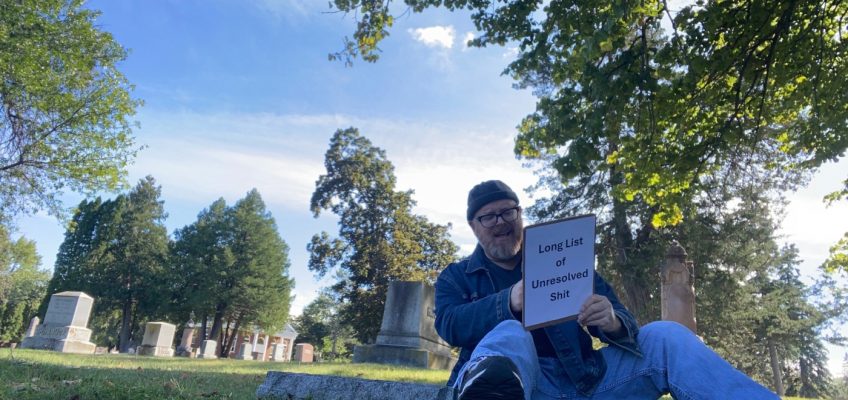By MICHAEL KUNZELMAN and ELLIOT SPAGAT, Associated Press
WASHINGTON (AP) — A federal judge agreed on Friday to temporarily block the Trump administration’s efforts to expand fast-track deportations of immigrants who legally entered the U.S. under a process known as humanitarian parole — a ruling that could benefit hundreds of thousands of people.
U.S. District Judge Jia Cobb in Washington, D.C., ruled that the Department of Homeland Security exceeded its statutory authority in its effort to expand “expedited removal” for many immigrants. The judge said those immigrants are facing perils that outweigh any harm from “pressing pause” on the administration’s plans.
The case “presents a question of fair play” for people fleeing oppression and violence in their home countries, Cobb said in her 84-page order.
“In a world of bad options, they played by the rules,” she wrote. “Now, the Government has not only closed off those pathways for new arrivals but changed the game for parolees already here, restricting their ability to seek immigration relief and subjecting them to summary removal despite statutory law prohibiting the Executive Branch from doing so.”
AMA and other medical associations are kicked out of CDC vaccine workgroups
Veteran federal judge T.S. Ellis III, who presided over trial of Trump aide Paul Manafort, has died
Senate delays August recess for now as Trump presses for more confirmations
Trump removes official overseeing jobs data after dismal employment report
Democrats launching summer blitz to press Republicans on Trump spending plan
Fast-track deportations allow immigration officers to remove somebody from the U.S. without seeing a judge first. In immigration cases, parole allows somebody applying for admission to the U.S. to enter the country without being held in detention.
Immigrants’ advocacy groups sued Homeland Security Secretary Kristi Noem to challenge three recent DHS agency actions that expanded expedited removal. A surge of arrests at immigration courts highlights the lawsuit’s high stakes.
The judge’s ruling applies to any non-citizen who has entered the U.S. through the parole process at a port of entry. She suspended the challenged DHS actions until the case’s conclusion.
Cobb said the case’s “underlying question” is whether people who escaped oppression will have the chance to “plead their case within a system of rules.”
“Or, alternatively, will they be summarily removed from a country that — as they are swept up at checkpoints and outside courtrooms, often by plainclothes officers without explanation or charges — may look to them more and more like the countries from which they tried to escape?” she added.
A plaintiffs’ attorney, Justice Action Center legal director Esther Sung, described the ruling as a “huge win” for hundreds of thousands of immigrants and their families. Sung said many people are afraid to attend routine immigration hearings out of fear of getting arrested.
“Hopefully this decision will alleviate that fear,” Sung said.
Since May, U.S. Immigration and Customs Enforcement officers have positioned themselves in hallways to arrest people after judges accept government requests to dismiss deportation cases. After being arrested, the government renews deportation proceedings but under fast-track authority.
President Donald Trump sharply expanded fast-track authority in January, allowing immigration officers to deport someone without first seeing a judge. Although fast-track deportations can be put on hold by filing an asylum claim, people may be unaware of that right and, even if they are, can be swiftly removed if they fail an initial screening.
“Expedited removal” was created under a 1996 law and has been used widely for people stopped at the border since 2004. Trump attempted to expand those powers nationwide to anyone in the country less than two years in 2019 but was held up in court. His latest efforts amount to a second try.
ICE exercised its expanded authority sparingly at first during Trump’s second term but has since relied on it for aggressive enforcement in immigration courts and in “workplace raids,” according to plaintiffs’ attorneys.
Spagat reported from San Diego.




